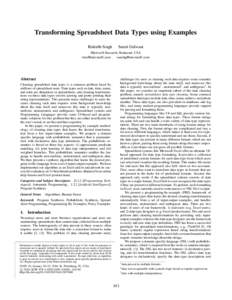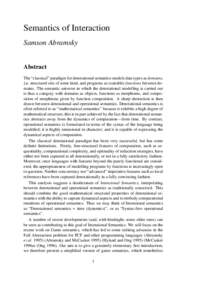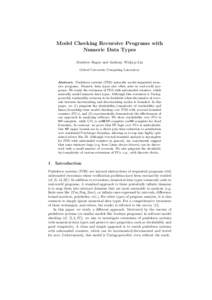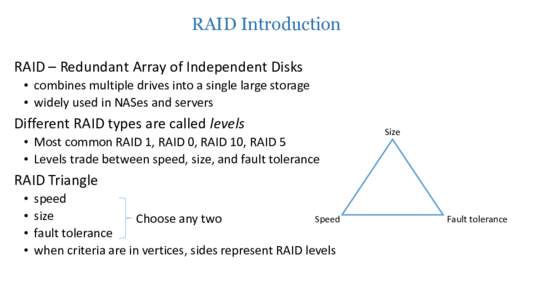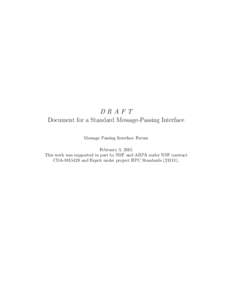 Date: 2015-02-03 23:20:03Computing C++ Data types Computer programming Software engineering C Primitive types Message Passing Interface Sizeof C++ classes EXPRESS Primitive data type | |  DRAFT Document for a Standard Message-Passing Interface Message Passing Interface Forum February 3, 2015 This work was supported in part by NSF and ARPA under NSF contract CDAand Esprit under project HPC Standar DRAFT Document for a Standard Message-Passing Interface Message Passing Interface Forum February 3, 2015 This work was supported in part by NSF and ARPA under NSF contract CDAand Esprit under project HPC Standar
Add to Reading ListSource URL: meetings.mpi-forum.orgDownload Document from Source Website File Size: 414,67 KBShare Document on Facebook
|

 DRAFT Document for a Standard Message-Passing Interface Message Passing Interface Forum February 3, 2015 This work was supported in part by NSF and ARPA under NSF contract CDAand Esprit under project HPC Standar
DRAFT Document for a Standard Message-Passing Interface Message Passing Interface Forum February 3, 2015 This work was supported in part by NSF and ARPA under NSF contract CDAand Esprit under project HPC Standar